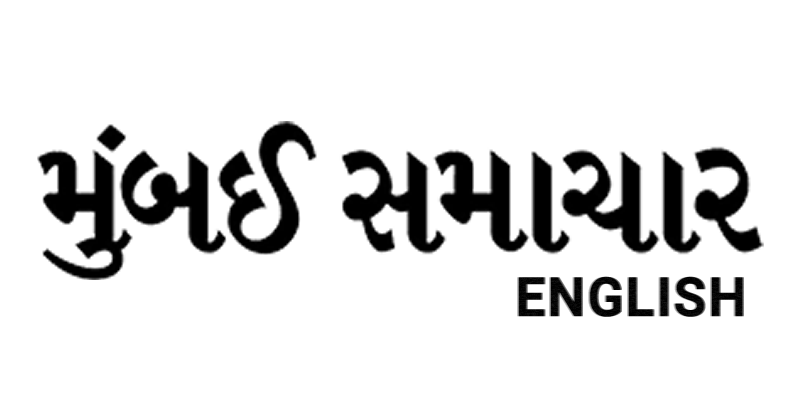
India’s national flag, the Tiranga, stands as a powerful emblem of the nation’s identity, history, and aspirations. Adopted on July 22, 1947, by the Constituent Assembly, it was designed by Pingali Venkayya and reflects India’s struggle for independence and its vision for unity. The flag’s three colors and central emblem carry deep meaning, encapsulating the country’s values and heritage.
The saffron stripe at the top symbolizes courage and sacrifice, honoring the bravery of those who fought for India’s freedom. The white stripe in the middle represents peace, truth, and purity, emphasizing the nation’s commitment to harmony. The green stripe at the bottom signifies fertility, growth, and prosperity, reflecting India’s agricultural roots and aspirations for progress. At the flag’s center lies the navy-blue Ashoka Chakra, a 24-spoke wheel inspired by the Ashoka Pillar at Sarnath. It symbolizes truth, justice, and the eternal cycle of life, drawing from Emperor Ashoka’s legacy of non-violence and righteousness.
The flag’s design evolved over time, with its origins tied to the independence movement. Early versions, like the Calcutta Flag of 1906 and the Home Rule Movement’s flag, laid the groundwork for the Tiranga. The spinning wheel, or charkha, initially featured in the design, symbolizing self-reliance, but it was replaced by the Ashoka Chakra to reflect broader national ideals. This change underscored India’s shift toward a universal message of justice and unity.
The Tiranga is more than a piece of cloth; it embodies India’s sovereignty and collective spirit. It is prominently displayed during national events like Independence Day and Republic Day, uniting citizens across diverse backgrounds. Strict protocols govern its use, as outlined in the Flag Code of India, ensuring it is treated with dignity. From schools to government buildings, the flag inspires pride and serves as a reminder of India’s hard-won freedom and ongoing journey toward progress.
